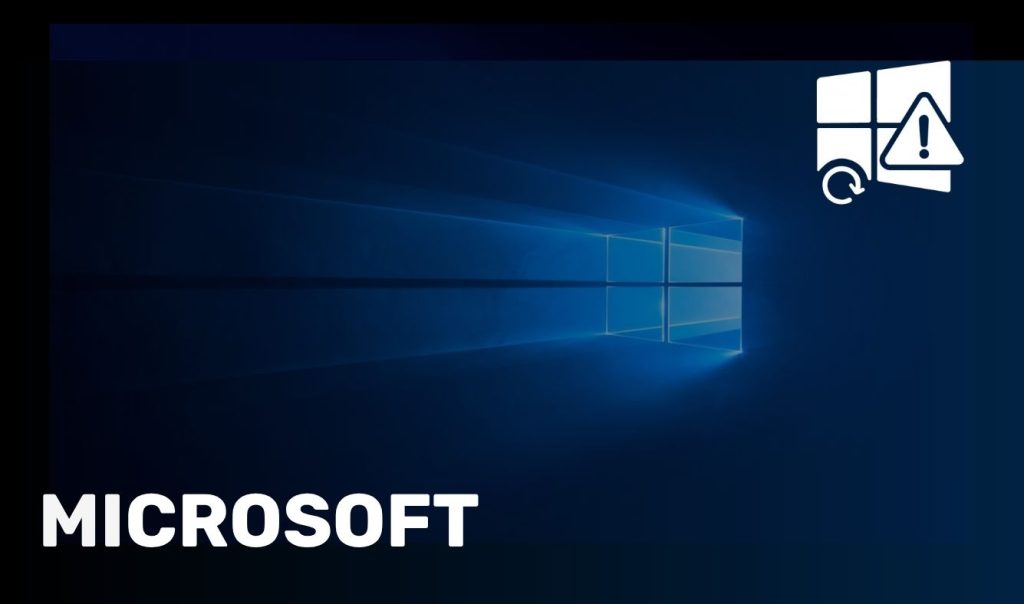Technology refresh cycles are accelerating, hybrid working is here to stay, and organisations are retiring IT hardware at pace. When a device leaves your network, its journey isn’t over; failing to dispose of it properly can lead to data leakage, regulatory penalties, and reputational damage.
This is why IT Asset Disposition has turned into a strategic imperative. With serious legislative updates-such as the UK’s Data (Use and Access) Act 2025-and at the same time growing market demand, IT Asset Disposal Solution is now situated at the core of IT governance, security, and sustainability. It explores in this article what ITAD is, the latest market trends, regulatory changes, best practice steps, emerging risks, and what organizations must expect heading into 2026 and beyond.

What is ITAD
IT Asset Disposition (ITAD) refers to the secure, traceable, and compliant disposal or repurposing of end‑of‑life IT assets—desktops, laptops, servers, storage media, network gear and mobile devices. The process covers data sanitisation, logistics, remarketing, recycling, chain of custody and documentation.
Key drivers:
- Data security: Retired devices still hold sensitive data without proper disposal they become breach vectors.
- Regulation & compliance: Where companies once focused just on procurement and use, disposal now falls under frameworks like data protection laws, e‑waste regulations and chain‑of‑custody requirements.
- Value recovery: Devices can yield financial return or reuse value rather than being just written off.
- Sustainability: Disposal ties into ESG commitments and circular‑economy goals.
Market and trend snapshot
- The global ITAD market was valued around USD 18.7 billion in 2025 and is projected to reach over USD 39–40 billion by 2035, growing at a CAGR of 7‑8%.
- In the UK and Europe demand is increasing significantly, driven by shortening device refresh cycles and growing disposal risks.
- Value‑recovery and refurbishing will be the fastest growing sub-segments, outpacing pure destruction services.
Legislative & regulatory focus
The Data (Use and Access) Act 2025
Came into effect on 19 June 2025, with implementation staggered until 2026. Key points:
- International data transfers should be protected to a standard that is “not materially lower” than provided for under the Privacy Act, cross-border waste disposal or product refurbishment arrangements may be affected.
- Enhanced rules about Data Subject Access Requests (DSARs) and stronger accountability for data controllers and sub‑processors.
- Legitimate interests lawful basis of processing extended-the organisations have to provide evidence regarding the data action being well-justified.
Other key considerations
- There is stronger enforcement of E-waste directives (WEEE) and export regulations under the Basel Convention, especially regarding IT hardware.
- Certification standards of ITAD vendors such as R2v3, ISO 14001, ISO 27001, NAID AAA are becoming procurement prerequisites.
- Non-compliance attracts penalties similar to those received for data protection non-compliance.
For organisations disposing of hardware, this means the process of disposal should receive the same due diligence as data handling, such as documentation, chain of custody, and end destination
Best practices for ITAD (2025 26)
1. Asset Inventory & Classification
- Maintain a live, up‑to‑date asset register covering all IT devices, endpoints, servers and storage media.
- Label assets with the Data Risk Tierdata: those handling personal or sensitive data vs standard office devices.
2. Data Sanitisation & Destruction
- Use approved erasure or destruction standards (e.g., NIST SP 800‑88, DoD 5220.22‑M).
- Generate certificates of destruction and keep records.
- Random sample audits fortify your chain of custody.
3. Secure Transport & Chain of Custody
- Track movement from collection to final disposition, track movement with GPS‑enabled logistics, audit checkpoints and secure storage.
- Verify that international relocation or recycling meets the “not materially lower” protection standard under DUAA.
4. Remarketing, Recycling & Sustainable Disposal
- Refurbish devices where safe and authorized to extend lifecycle and recover value.
- For devices beyond reuse, partner with certified recyclers and maintain documentation.
- Report on you reusing, recycling and landfill diversion as ESG metrics.
5. Documentation, Compliance & Vendor Oversight
- Document each asset from acquisition to use and disposal, up to final disposition.
- Vet your ITAD vendor by verifying certifications, audit reports and client references.
- Include contractual clauses for audit rights, liability and SLA for destruction/remediation.
6. Legacy Systems & Lifecycle Integration
- Assets older than supported hardware or OS may require different path for disposal; plan refresh or isolation.
- Embed IT Asset Disposal process into procurement, deployment and support processes to manage lifecycle holistically.
What to expect in 2026 and beyond
Data‑centric disposal frameworks
As data protection evolves, disposal of devices will progressively be framed as data processing events. Disposal will require identity verification, access audits and more complex workflows.
Circular economy & sustainability‑driven models
By 2026, organisations will increasingly demand asset reuse, refurbishment and zero‑landfill targets as part of IT Asset Disposals. Traceability of materials and ESG due‑diligence will become standard.
AI‑powered disposal analytics
AI and analytics will be used to improve decision‑making: which devices to refurbish, which to destroy, what value to recover, and when to replace. Predictive models will optimise fleet lifecycle.
Supply‑chain transparency and compliance
Mainstream procurement will demand IT Asset Disposal (ITAD) providers to publish chain‑of‑custody audits, transparency reports, and supply‑chain maps to prove no data leakage or illegal export. Organisations will be asked for evidence during audits and tender completions.
Enhanced global standardisation
By 2026, global frameworks may emerge to standardise ITAD across jurisdictions, helping multinational enterprises manage disposal continuously. Expect ISO or IEC updates covering hardware disposal and data‑bearing device retirement.
Rise of Device‑as‑a‑service (DaaS)
Device‑as‑a‑service models will incorporate end‑of‑life disposal into contracts. Vendors will guarantee certified disposal of devices and traceability as part of the service.
Smart organisations should begin preparing now for these trends, not just for compliance today, but for future‑proofing their IT Asset Disposal strategy.
Common risks organisations should avoid
- Disposing of hardware without verified data erasure, leading to breach or reputational loss.
- Using vendors without necessary certifications, audit trail or transport security.
- Assuming “disposal” means “done”, lack of documentation or tracking can invalidate warranties or compliance.
- Ignoring export controls or data transfer standards, especially when devices or parts leave the UK or EU.
- Treating ITAD as an after‑thought, rather than embedding it into asset lifecycle, procurement and support.
Contact Creative Networks Today
Creative Networks offers an integrated IT Asset Disposal service built for modern business risks and regulatory demands:
- Full asset‑estate audit and refresh‑planning
- End‑of‑life management: secure logistics, erasure, destruction, remarketing
- Documentation and certificate management for audits and tender requirements
- Sustainability consultancy and circular‑economy support
- Vendor management and supply‑chain assurance for global disposal paths
Take the guesswork out of hardware disposal, you get compliance, security, value recovery and sustainability delivered.
Contact Creative Networks today to design or transform your IT in‑life and end‑of‑life asset strategy.




